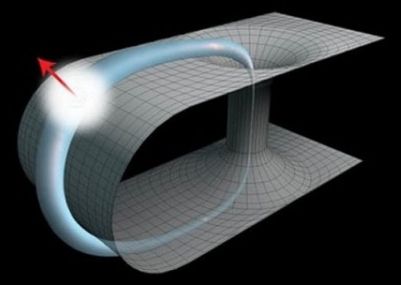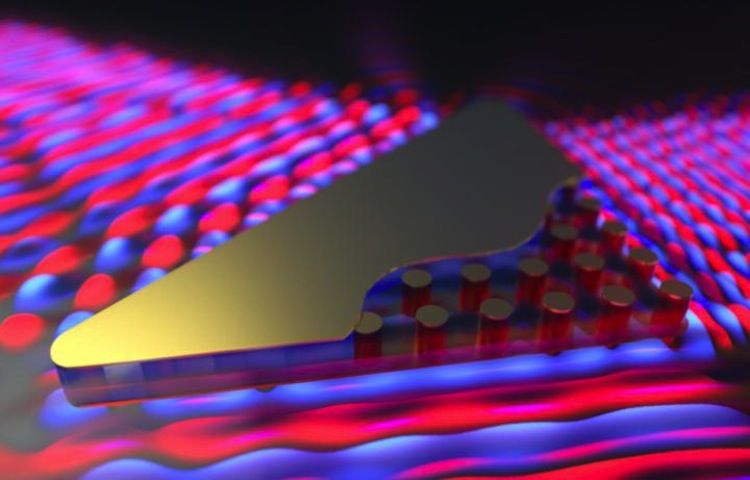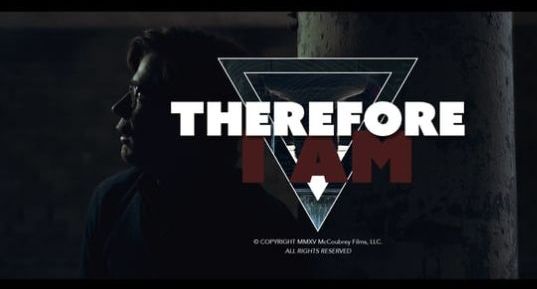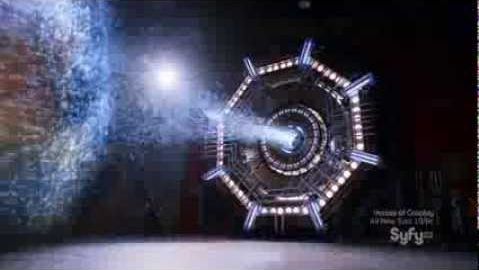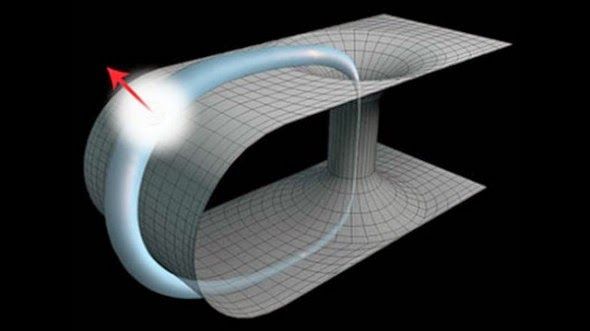Scientists from the University of Queensland have used photons (single particles of light) to simulate quantum particles travelling through time. The research is cutting edge and the results could be dramatic!
Their research, entitled “Experimental simulation of closed timelike curves “, is published in the latest issue of Nature Communications. The grandfather paradox states that if a time traveler were to go back in time, he could accidentally prevent his grandparents from meeting, and thus prevent his own birth.
However, if he had never been born, he could never have traveled back in time, in the first place. The paradoxes are largely caused by Einstein’s theory of relativity, and the solution to it, the Gödel metric.
